Building your first commander deck can be a daunting task. The best part about building your first deck is that there really isn’t a right answer. Commander is a casual format allowing you to focus on themes, crazy synergies, and fun rather than winning. This article will act as a guideline for making a functional deck for the commander format.
Tip #1: Make Sure to Put Enough Lands in Your Commander Deck
One thing new players often overlook is putting enough lands in their deck. A functioning deck is hitting their land drop a majority of the time. This way you’ll be able to cast your spells on curve and be able to keep up with the table. The sweet spot for the number of lands in a deck is 36. This number sets a good baseline for your deck. The number of lands can also fluctuate based on your mana curve or if you want more lands based on synergy with cards.
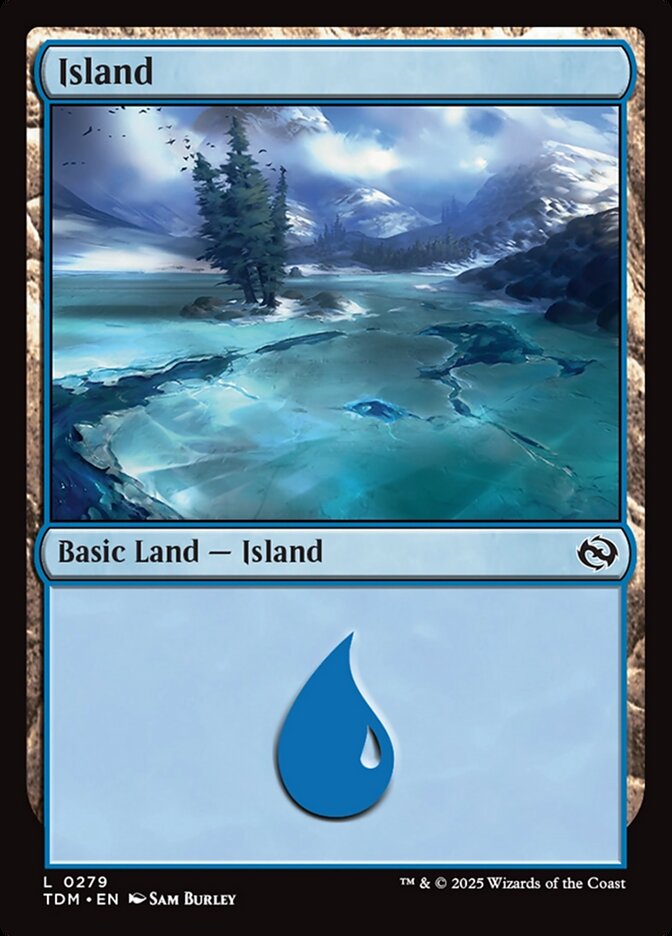

Bonus Tip:
When adding lands to your commander deck make sure that you include lands that fix your mana. Dual lands and utility lands allow you to get all of your colors. This way you won’t have to worry about casting your 3-5 color spells at all when playing. Overall, these lands make your deck run smoother and function consistently.
Tip #2: Removal and Board Wipes are Necessary for Commander
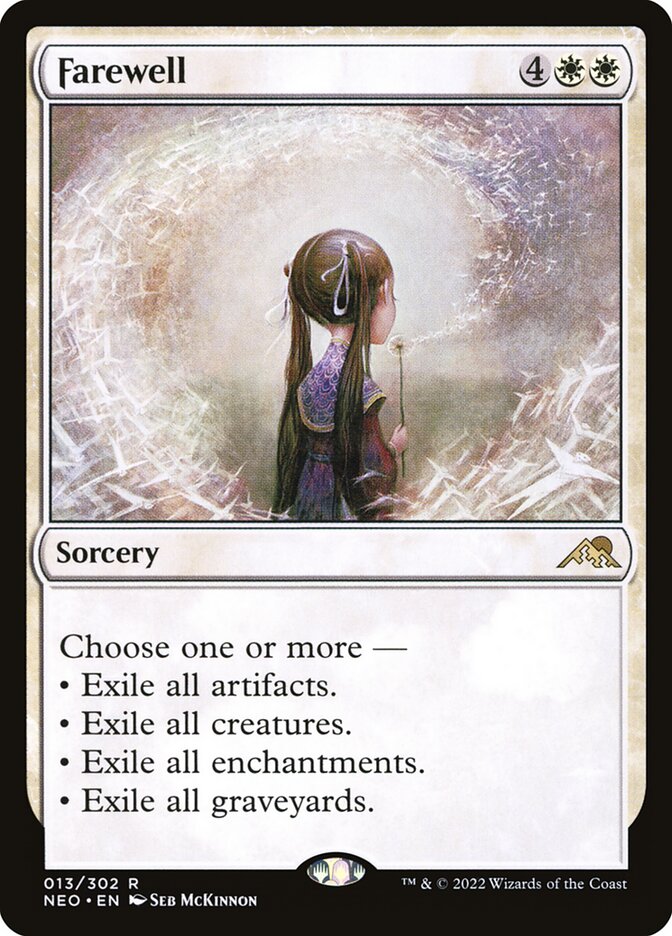
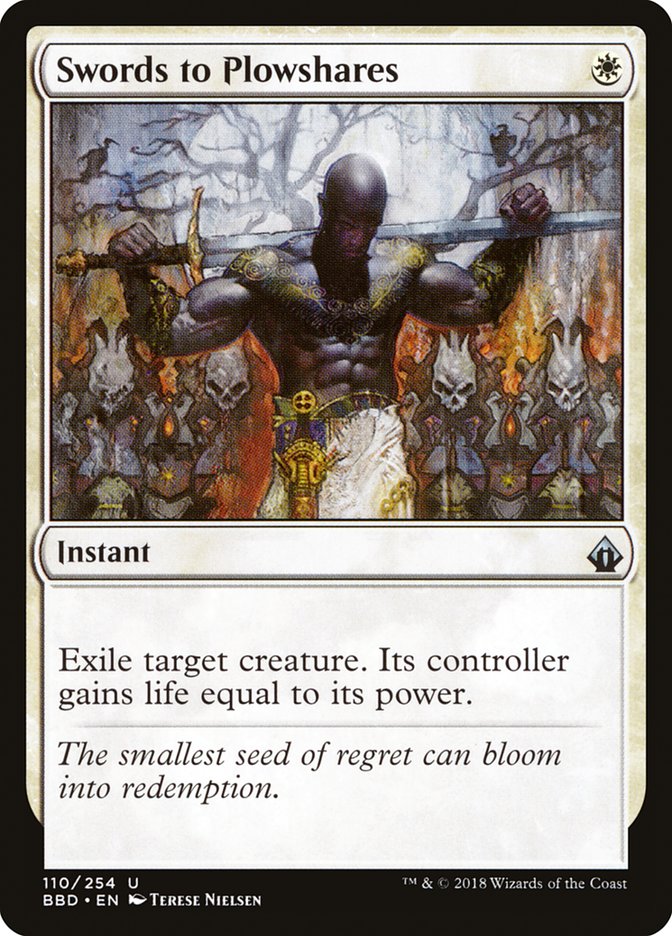
When deck building, make sure you make room for removal and board wipes. Dealing with your opponent’s permanents is vital for winning and having fun. Cheap, single target removal like Swords to Plowshares and Path to Exile are great includes for a deck. Board wipes are a necessity for when an opponent commits too much to the board and is threatening a win. These cards can be major game changers that can give you another chance at victory. I like to lean toward 2-3 board wipes when I build my commander decks and about 6-8 removal spells.
Bonus Tip:
Removal that hits more than one permanent is a premium in commander. Swords to Plowshares is great when a problematic creature is on the board, but what about an enchantment? Or artifact? Removal spells like Beast Within are great because of their versatility to hit any permanent. When deck building, look for cards that can deal with more than one thing on the board
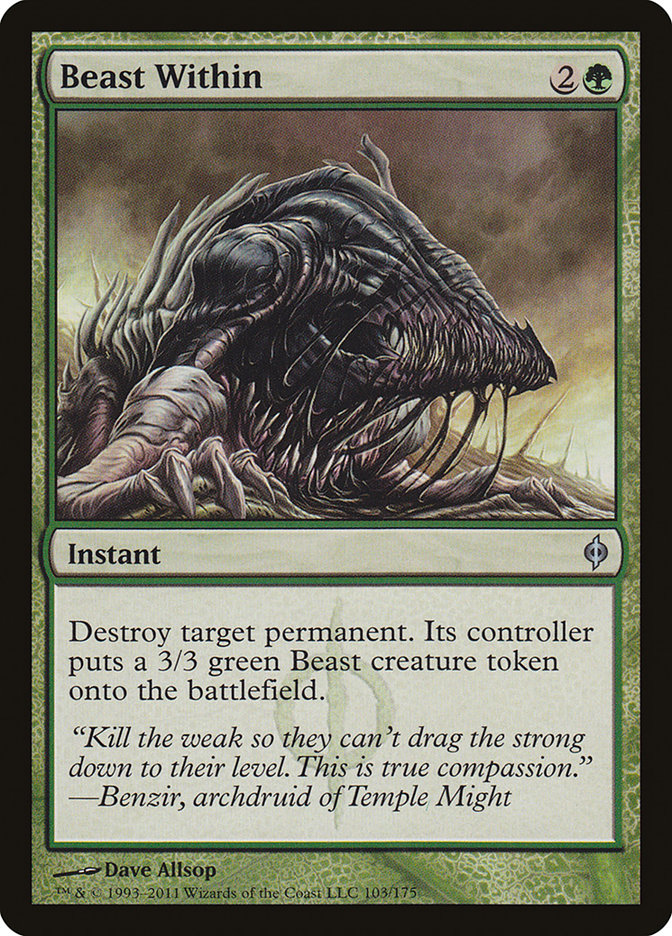
Tip #3: Ramp, Ramp, Ramp
Commander is a format where big, splashy, spells are prevalent in games. If you are able to attain more resources in the beginning of the game, you’ll be able to do more in the late stages. This is why ramping is so important; it lets you get ahead of your opponents on resources and allows you to cast your big spells sooner than them. Green is the best color for ramp in commander with multiple spells putting extra lands directly into play. Although, there are more ways to ramp with cards like arcane signet and sol ring. These cards also give you more mana to play with during your turns and are valuable in a deck. I like to run about 8-10 ramp spells in my decks for the best results.

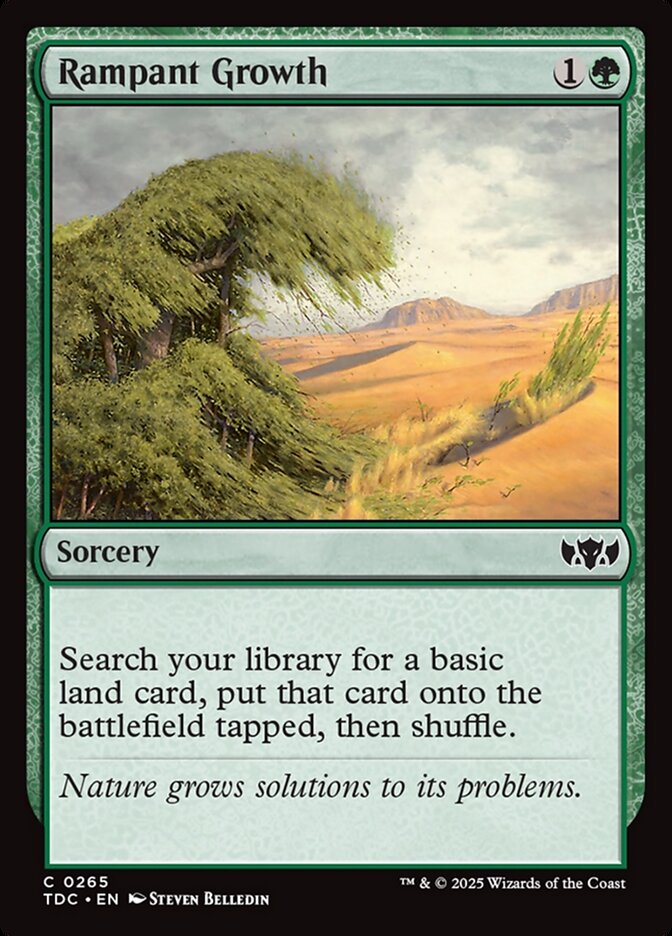
Tip #4: Use Resources to Help
There are a multitude of resources available to use when building a commander deck. These resources can help with finding cards, play testing, and learning about new strategies that you can play around with.
EDHrec
By far, the most helpful is EDHrec. This site lets you see high-synergy cards that work well in certain decks, what decks are the most popular, and other users deck lists for inspiration. This tool is great for finding cards that fit your theme or work well with your chosen commander.
Moxfield
This resource allows you to organize and build your decks online. This is great for playtesting your idea before buying all of the cards that you don’t have. Moxfield also shows other users decks allowing others to find and create new ideas and strategy.
Tip #5: Find a Commander That Fits Your Playstyle
There are lots of legendary creatures to choose from Magic: The Gathering’s extensive card pool. Before you pick your commander, pick a strategy that you like and stick with it. From there, picking a commander gets easier because you have narrowed down what you want to play. My personal favorite is making typal decks that have themed cards around my commander. The choice is yours once a solid strategy is determined!
Start Building!
After reading this article, you should have a good understanding for what goes into building your first commander deck. Now that you have this new knowledge, go out and start building! The best way to become a better deck builder is to gain experience and have fun while doing it!
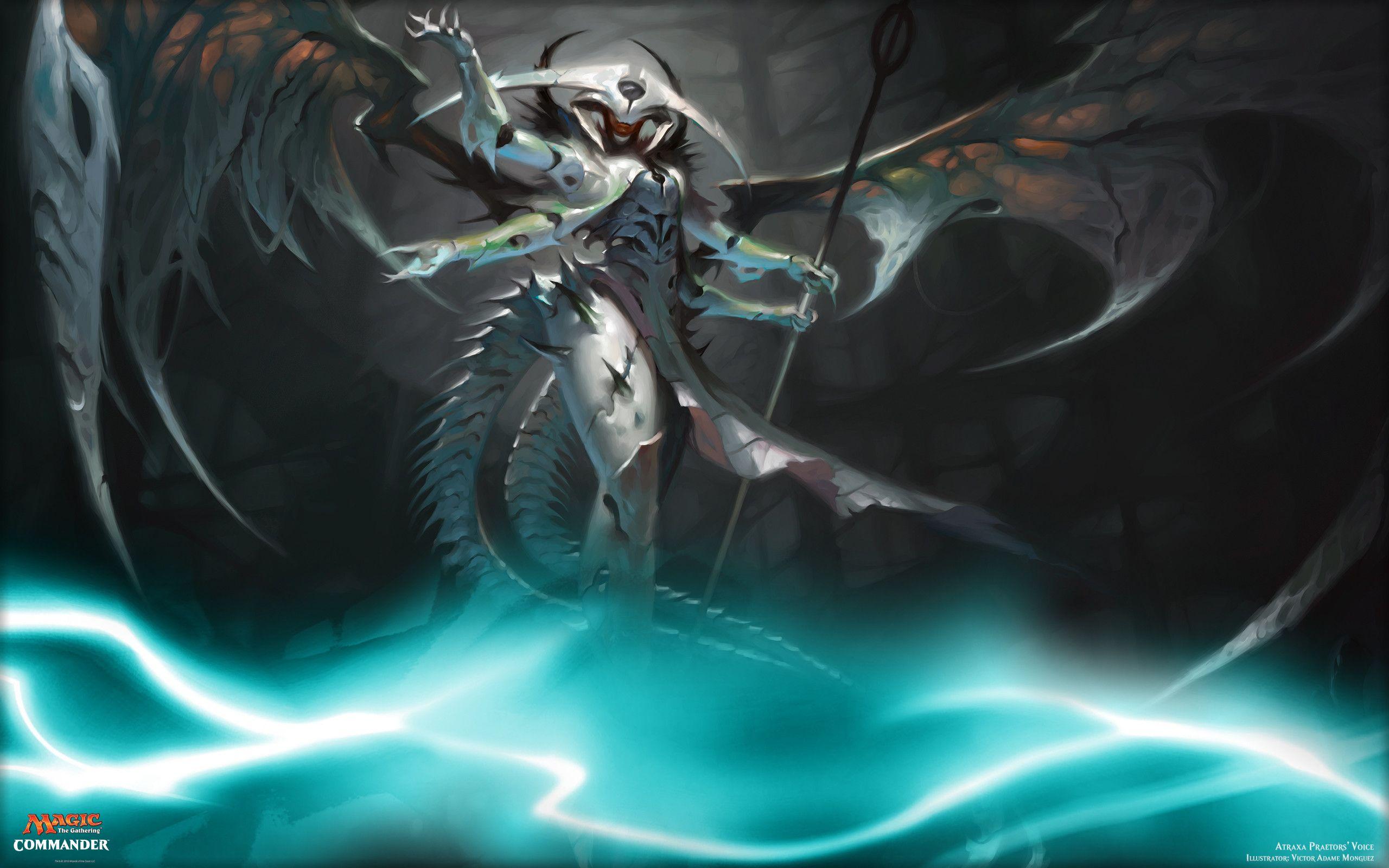
Leave a Reply